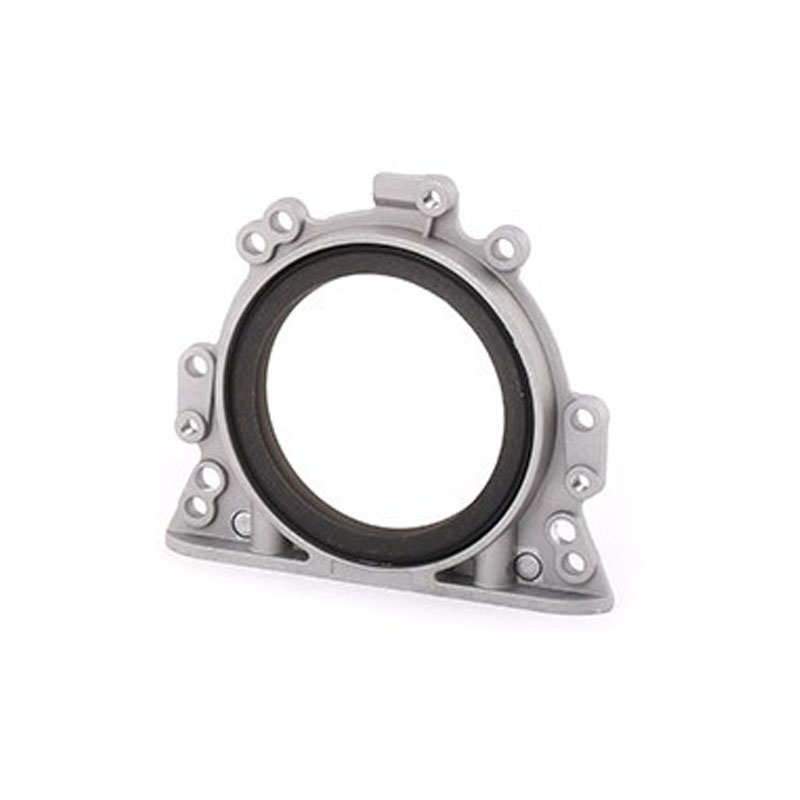mechanical shaft seal
Understanding Mechanical Shaft Seals Functionality and Importance
Mechanical shaft seals are critical components in various industrial applications, primarily used to prevent the leakage of fluids along rotating shafts. The effective operation of these seals is essential for maintaining the efficiency and reliability of machinery, ranging from pumps and compressors to automotive engines and turbines. As such, understanding the functionality and significance of mechanical shaft seals can help ensure optimal performance and longevity of equipment.
What is a Mechanical Shaft Seal?
A mechanical shaft seal typically consists of two primary components a stationary ring and a rotating ring. The stationary ring is mounted on the housing or casing, while the rotating ring is attached to the shaft. Between these two rings, a thin film of fluid often serves as a lubricant and helps create a barrier that inhibits leakage. Mechanical shaft seals can be found in a variety of forms, including single seals, double seals, and cartridge seals, each designed for specific applications based on the operating environment and fluid being contained.
How Do Mechanical Shaft Seals Work?
The operation of mechanical shaft seals relies on the principle of hydrodynamic sealing. When the shaft rotates, the surfaces of the stationary and rotating rings are pressed together, creating a sealing effect. This contact generates friction, which can lead to wear over time. To mitigate this, modern seals are designed with materials that have low coefficients of friction and good wear resistance, such as carbon, elastomers, and ceramics.
In some applications, springs are used to maintain the pressure between the sealing faces, ensuring a tight barrier against fluid leakage. Depending on the nature of the application, seals may also include additional features such as fluid-lubrication systems, heat dissipation capabilities, or even built-in monitoring sensors to detect wear or leakage.
mechanical shaft seal

Importance of Mechanical Shaft Seals
1. Leak Prevention The primary function of mechanical shaft seals is to prevent leaks of liquids or gases. Leakage can lead to significant environmental concerns, safety risks, and operational inefficiencies. For industries dealing with hazardous materials, maintaining a secure seal is not just a cost-saving measure; it is a legal and ethical requirement.
2. Enhanced Equipment Longevity Mechanical shaft seals contribute to the overall longevity of machinery. By preventing leaks, they help maintain the internal environment of equipment, reducing the risk of contamination and degradation of lubricants. This, in turn, helps protect components and minimizes the need for maintenance and repairs.
3. Operating Efficiency A well-functioning mechanical seal can improve the operational efficiency of equipment. By containing fluids effectively, seals reduce loss and wastage, enabling larger operation capacities and better system performance. In applications such as pumps, this translates to higher energy efficiency and reduced operational costs.
4. Versatility Mechanical shaft seals come in various designs and materials, making them versatile solutions for different applications. Whether dealing with high temperatures, aggressive chemicals, or extreme pressures, there is a seal engineered to meet specific operational demands.
Conclusion
Mechanical shaft seals play a pivotal role in ensuring the reliability, efficiency, and safety of industrial machinery. With their ability to prevent leaks, enhance equipment longevity, and improve overall operational efficiency, it is essential for manufacturers and operators to understand how these seals function and the best practices for their maintenance. As industries continue to evolve, innovations in mechanical shaft seal technology will further bolster their capabilities, paving the way for more sustainable and efficient operations across the board.
-
Understanding the Front Main Engine Seal: Purpose, Maintenance, and Installation
News Jul.29,2025
-
Understanding O-Rings and Seal Rings: Types, Applications, and Custom Solutions
News Jul.29,2025
-
Understanding Crankshaft Oil Seals: Rear Seals, Pulley Seals, and Their Role in Engine Integrity
News Jul.29,2025
-
The Importance of Front and Rear Crankshaft Seals in Engine Performance and Oil Management
News Jul.29,2025
-
Crank Oil Seals: Functions, Types, and Cost Considerations in Engine Maintenance
News Jul.29,2025
-
A Comprehensive Guide to O-Rings and Seals: Types, Materials, and Global Applications
News Jul.29,2025
-
Mastering Diesel and Performance Engine Maintenance: A Guide to Critical Oil Gaskets
News Jul.28,2025
Products categories















